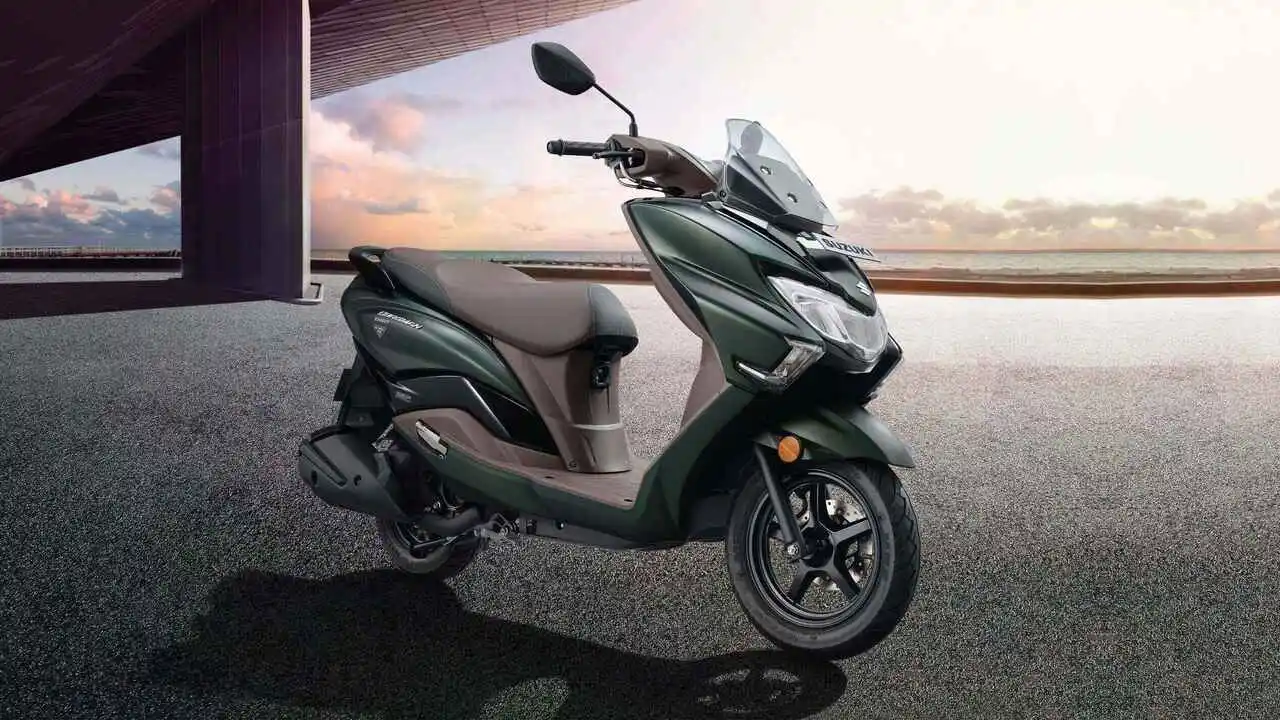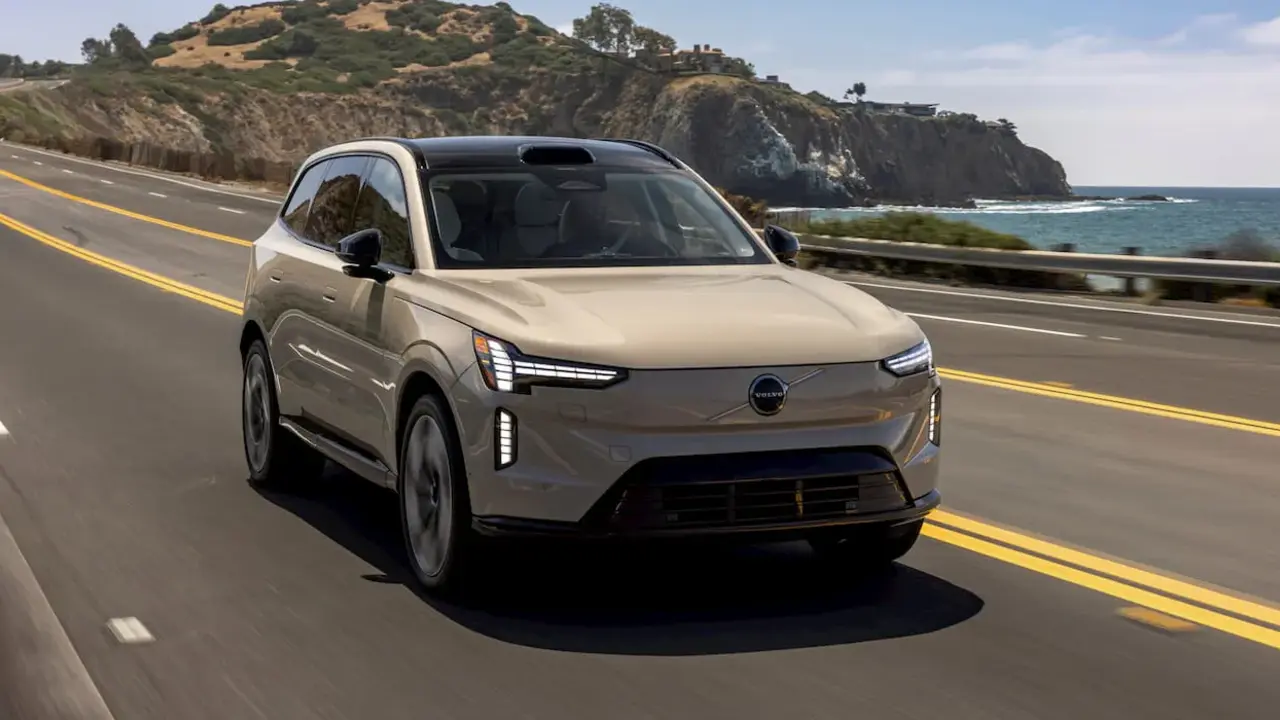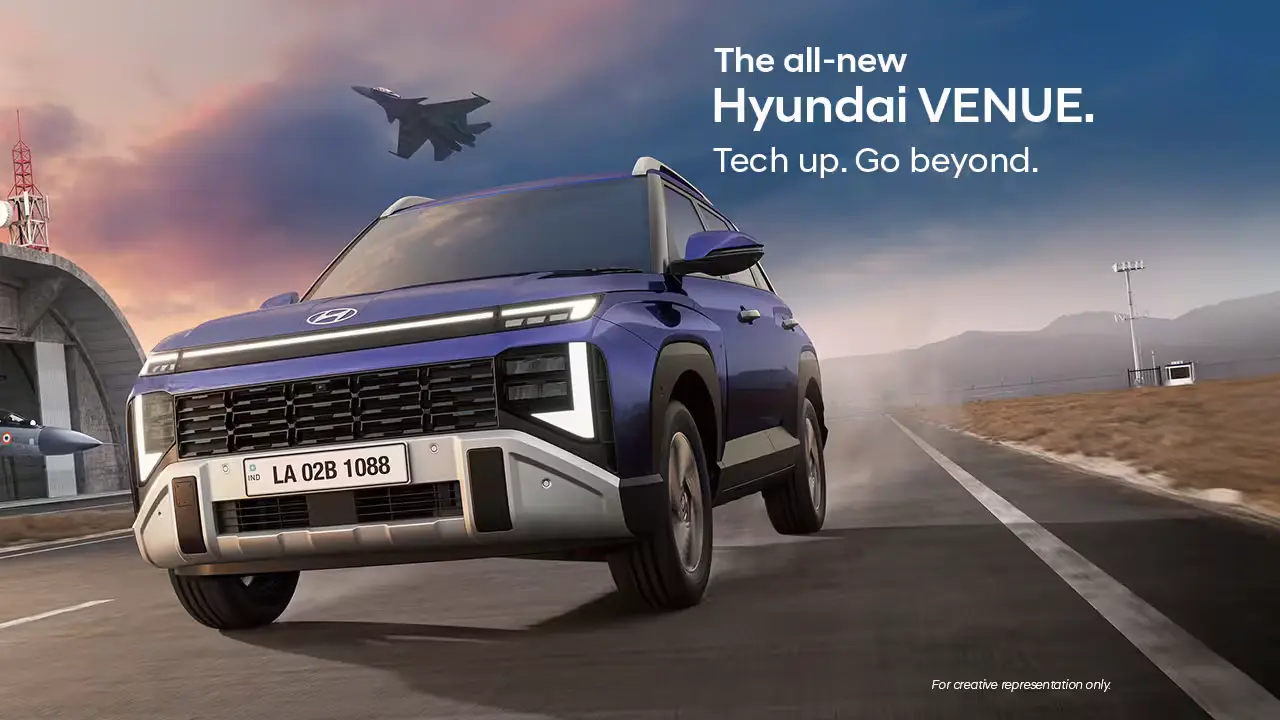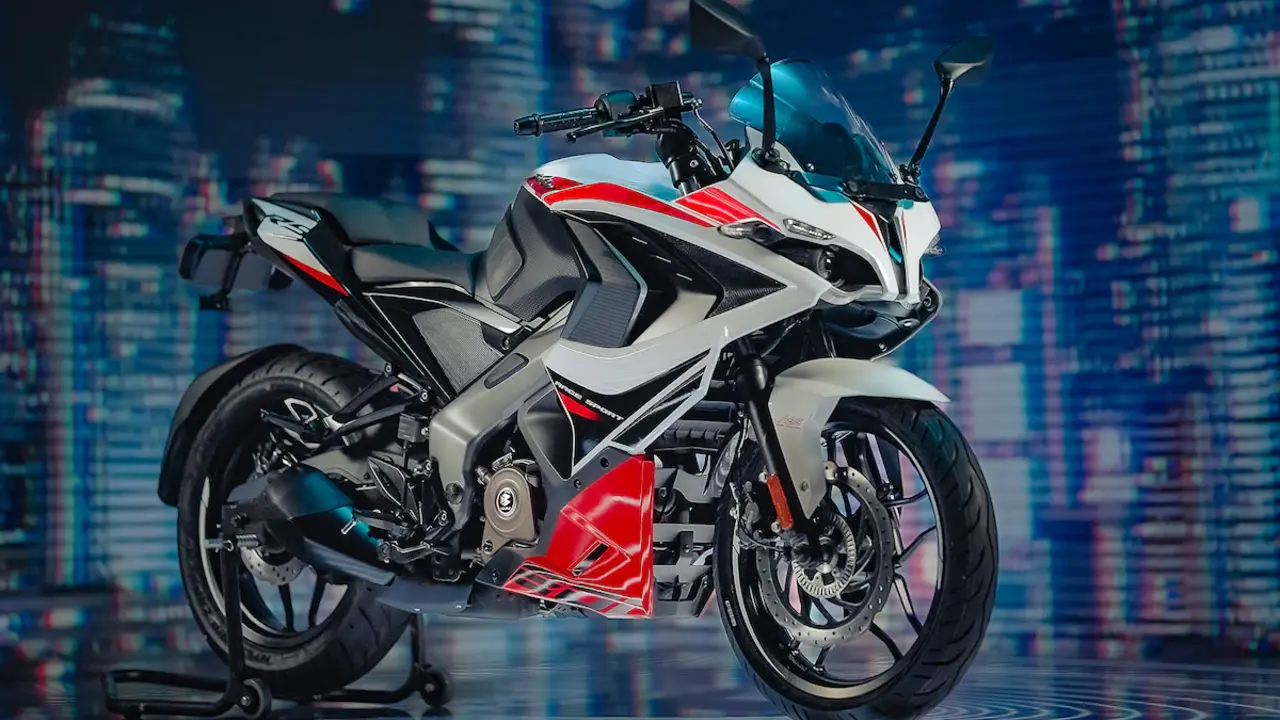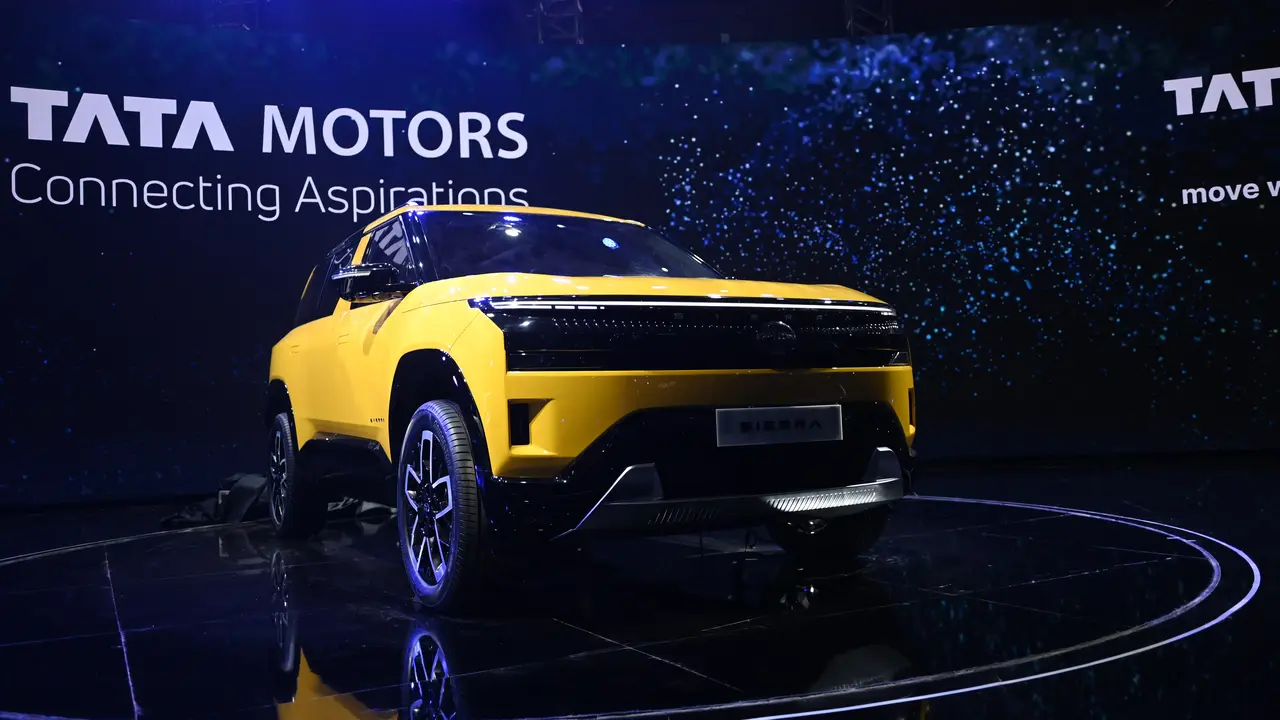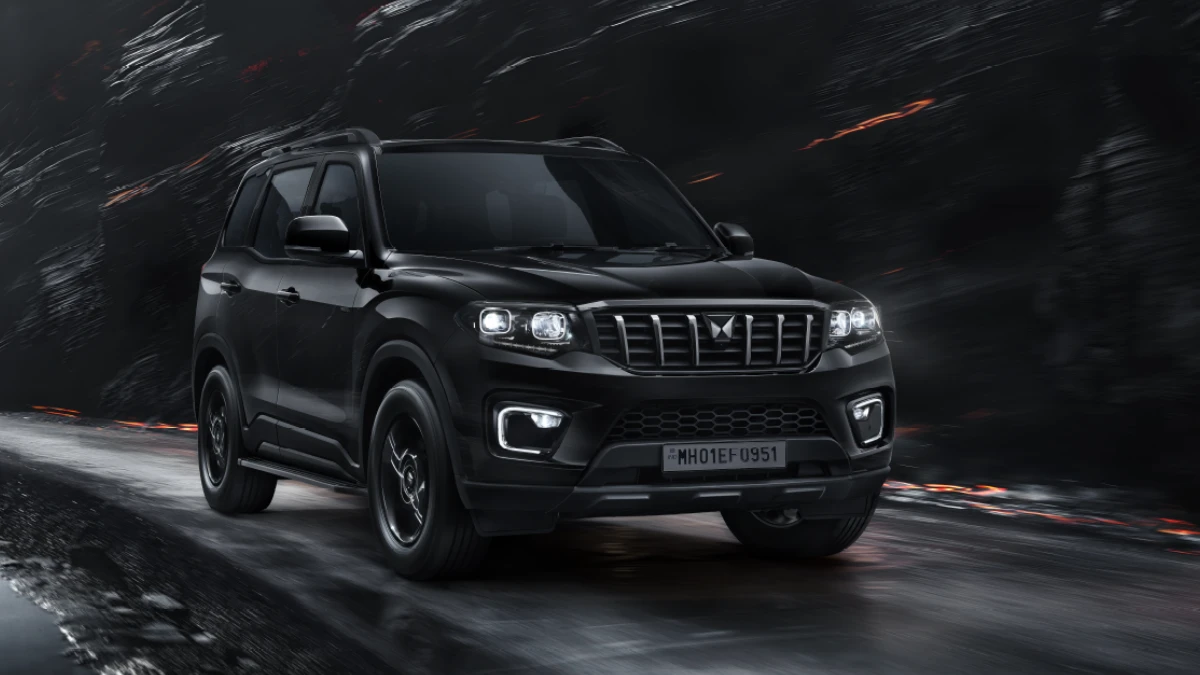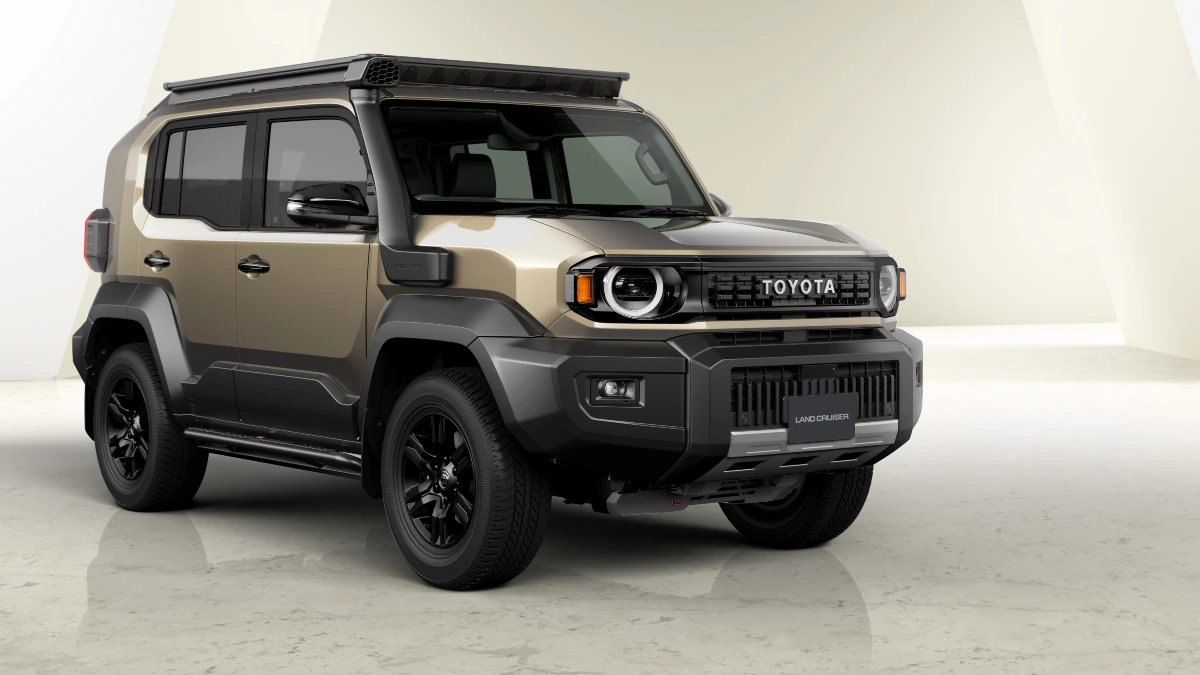I want to walk you through why Suzuki’s New Scooter Will Run on Hydrogen matters, what it actually is, and what it means for riders and cities. You may have heard that Suzuki revealed a Burgman-based scooter prototype that runs on hydrogen instead of petrol or a battery. I’ll explain the tech, the trade-offs, and the likely road ahead in clear, simple terms.
What Suzuki showed: the hydrogen Burgman prototype
At the Japan Mobility Show in October 2023, Suzuki publicly revealed a hydrogen-powered Burgman concept as a technology exhibit. This was not a production model — it was a working prototype and a statement that Suzuki is testing alternative fuels. The prototype uses a hydrogen internal-combustion engine (H2-ICE) rather than a fuel cell or a traditional petrol engine.
Key technical details I want you to remember:
- The scooter uses a high-pressure hydrogen tank (about 70 MPa / ~700 bar) placed under the floorboard between the rider’s feet.
- Suzuki kept an engine-based approach so the scooter still sounds and behaves more like a conventional bike than a silent electric scooter.
- Suzuki adjusted the Burgman layout — the engine and swingarm were moved rearwards and the wheelbase was lengthened to fit the hydrogen hardware.
How hydrogen combustion works (and why Suzuki chose H2-ICE)
Hydrogen internal-combustion engines burn hydrogen in the cylinder like petrol, but the fuel does not contain carbon. That means the engine produces no carbon dioxide from the fuel itself. However, burning hydrogen at high temperatures can produce nitrogen oxides (NOx), which are harmful pollutants. Suzuki is experimenting with combustion strategies and aftertreatment to control NOx levels.
Why choose H2-ICE over a fuel cell or battery? There are a few reasons I find convincing:
- Familiarity — Suzuki already has engine experience and can adapt existing manufacturing know-how.
- Packaging — fuel cells need extra electrical systems and batteries for buffering; H2-ICE can be packaged more like a traditional scooter, though Suzuki still had to redesign the frame.
- Ride feel — Suzuki wants to keep the engine sound and the way a scooter accelerates, which many riders still prefer.
Table: Quick comparison — H2-ICE vs Fuel Cell vs Battery scooters
| Feature | H2-ICE (Suzuki approach) | Fuel Cell | Battery Electric |
|---|---|---|---|
| Power source | Combustion of hydrogen in engine | Hydrogen used to make electricity via fuel cell | Stored electrical energy in batteries |
| Tailpipe emissions | No CO2 from fuel, but possible NOx | Zero tailpipe emissions (water vapor) | Zero tailpipe emissions |
| Refueling / recharging | Quick refuel like petrol if hydrogen is available | Quick refuel, but needs infrastructure | Longer recharge times unless using swappable batteries |
| Packaging | High-pressure tank needed; affects layout | Fuel cell + buffer battery; complex packaging | Batteries can be heavy and limit space |
| Typical issues | NOx control, tank cost/weight, refueling stations | Cost, durability, compression/transport of H2 | Range anxiety, charging time, battery disposal |
What Suzuki’s history and recent activity tell us
Suzuki is not new to hydrogen research. In 2017 they trialled a Burgman fuel-cell scooter with the London Metropolitan Police, and the company has run multiple hydrogen-related R&D projects since then. That background makes this Burgman hydrogen prototype less of a one-off and more of a continued research direction.
After the October 2023 reveal, Suzuki filed patents in 2024 and continued to show hydrogen cutaways and concept materials at public events through 2025. But Suzuki has repeatedly described the Burgman hydrogen as a technology exhibit — there is no confirmed production timeline. Think of it as an engineering roadmap rather than a shop-floor announcement.
Practical challenges before you can buy one
If we imagine this scooter reaching the market, several practical obstacles remain:
- Hydrogen refueling infrastructure — most cities still have very few public hydrogen stations, so refueling would be far less convenient than petrol or electricity for many riders.
- Tank cost, packaging, and weight — a 70 MPa tank is expensive and needs careful placement for safety and balance. Suzuki placed it under the floorboard, which required chassis changes.
- NOx emissions control — hydrogen combustion can create NOx. Suzuki will need effective combustion tuning or exhaust treatment to meet emissions rules.
- Market timing and cost — even with successful engineering, price and consumer acceptance will determine if a hydrogen scooter can compete with cheaper petrol and growing battery-electric options.
Concrete examples and numbers
Here are a few specific facts I kept in mind while following this project:
- The prototype shown in 2023 uses a 70 MPa (~700 bar) hydrogen tank under the floorboard.
- Suzuki first trialled hydrogen tech on a Burgman with London police in 2017, which helped build their experience.
- Patent activity in 2024 and updated displays at shows through 2025 show ongoing development, but Suzuki still calls this an R&D exhibit, not a production promise.
- Industry research highlights that while hydrogen eliminates tailpipe CO2 from the fuel, NOx is the main emissions concern and must be managed with technology or aftertreatment systems.
Who wins if this works — riders, cities, or manufacturers?
If Suzuki can solve NOx, tank cost, and refueling access, hydrogen scooters could be a good middle ground for riders who want quick refueling and familiar ride feel without petrol CO2. Cities could benefit from lower transport carbon if the hydrogen is made from low-carbon sources. Manufacturers like Suzuki could reuse some engine expertise and factory processes to create a new product class.
But the biggest winners right now are likely to be research teams and early adopters in cities with hydrogen stations. For widespread adoption, we need more stations, lower tank costs, and clear emissions control.
Final Thoughts
I’m excited by Suzuki’s direction because Suzuki’s New Scooter Will Run on Hydrogen shows a practical, engine-based approach to low-carbon mobility. The Burgman hydrogen prototype is a clear signal that Suzuki is exploring multiple paths — batteries, ethanol, biomethane, and hydrogen — rather than betting on one technology alone.
That said, this is still R&D. There are clear hurdles: refueling infrastructure, tank cost and packaging, and NOx control are the big, solvable-but-difficult problems. If you ride in a city with hydrogen stations and you like the feel of engines, a hydrogen Burgman could be appealing one day. For most riders today, battery-electric scooters remain the more practical choice.
If you want, I can also create a one-page pros/cons comparison between hydrogen-ICE, hydrogen fuel-cell, and battery scooters for urban use — or pull Suzuki’s press releases and patent filings so you can read the original documents. Which would you prefer?
